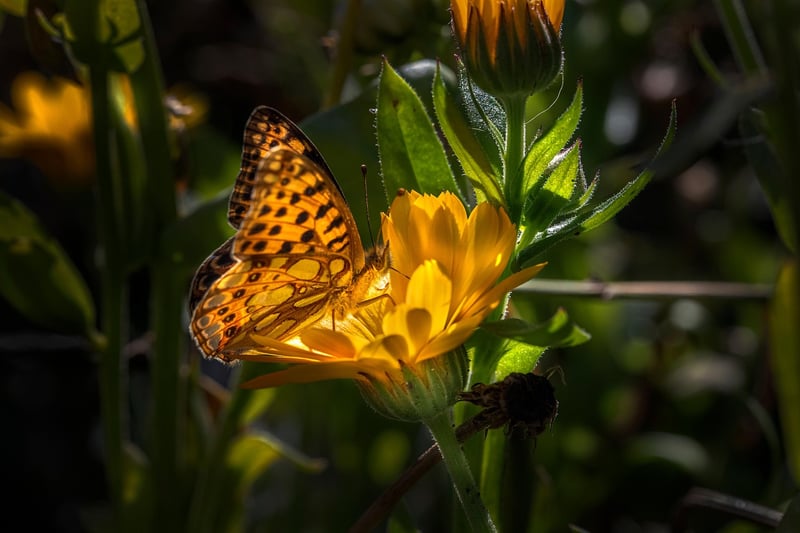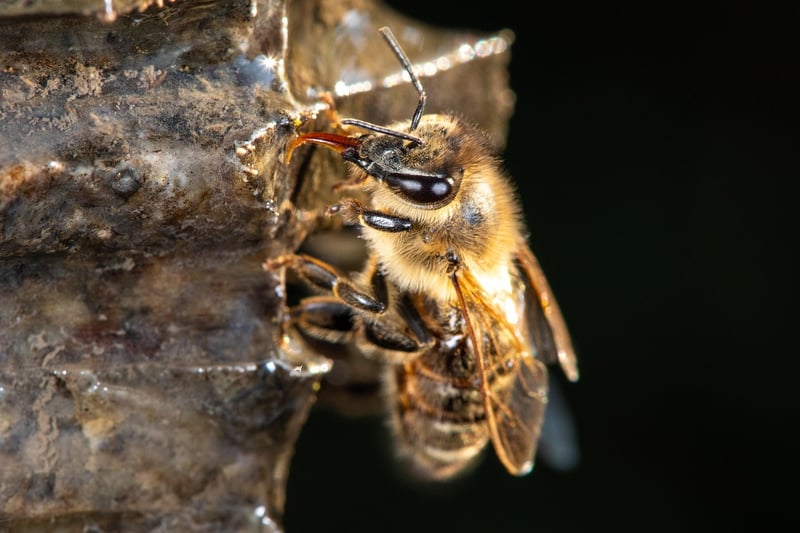Pollinator Habitats
Attracting Wildlife to Urban Areas: Creating Pollinator Habitats
Urban areas often lack green spaces and natural habitats, making it challenging for wildlife to thrive. However, with some simple steps, you can attract wildlife, especially pollinators, to urban environments by creating pollinator habitats.
Why Pollinators Matter
Pollinators such as bees, butterflies, and birds play a crucial role in pollinating plants, which is essential for food production and maintaining biodiversity. By attracting pollinators to urban areas, you can help support local ecosystems and promote plant growth.
Creating a Pollinator Habitat
Here are some tips to create a pollinator-friendly habitat in your urban area:
- Plant native flowers and plants that provide nectar and pollen as food sources for pollinators.
- Include a variety of plant species that bloom at different times to provide continuous food sources throughout the year.
- Provide water sources such as bird baths or shallow dishes filled with water and rocks for pollinators to drink from.
- Minimize pesticide use to protect pollinators from harmful chemicals.
- Create nesting sites by leaving some areas of your garden or green space untamed, such as leaving leaf litter or dead wood for bees and other insects to nest in.
Benefits of Attracting Wildlife to Urban Areas
Attracting wildlife to urban areas has numerous benefits, including:
- Pollination of plants, leading to increased fruit and vegetable production.
- Enhanced biodiversity and ecosystem health.
- Improved mental well-being for residents who can enjoy watching wildlife in their urban environment.
- Education opportunities for community members to learn about the importance of wildlife conservation.
Get Started Today!
By creating pollinator habitats in urban areas, you can make a positive impact on the environment and help support local wildlife populations. Start small by planting a few native flowers in your garden or community green space and watch as pollinators start to visit!

Attracting wildlife to urban areas through pollinator habitats is a rewarding and essential way to contribute to conservation efforts and create a more sustainable urban environment.
